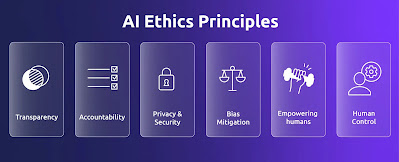Accelerating Software Delivery with DevOps

DevOps is a cultural and technical movement that aims to shorten the software development lifecycle and improve collaboration between development and operations teams. By automating manual processes and breaking down silos, DevOps enables faster, more reliable, and more frequent software delivery. Key practices of DevOps include: Continuous Integration (CI): Automating the building, testing, and integrating of code changes. Continuous Delivery (CD): Automating the deployment of code changes to production environments. Infrastructure as Code (IaC): Managing infrastructure using code, enabling consistency and reproducibility. Monitoring and Logging: Tracking application performance and system health. By adopting DevOps, organizations can achieve significant benefits: Faster Time to Market: Rapidly deliver new features and updates. Improved Quality: Enhanced software reliability and stability. Increased Efficiency: Automated workflows reduce manual effort. Enhanced Collabo...





.webp)